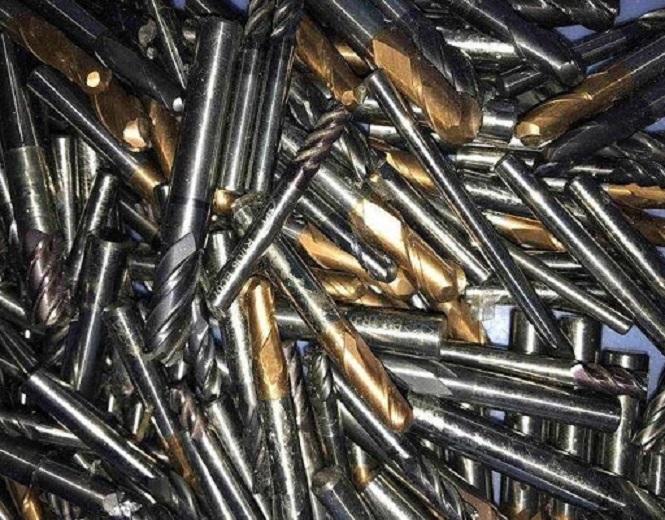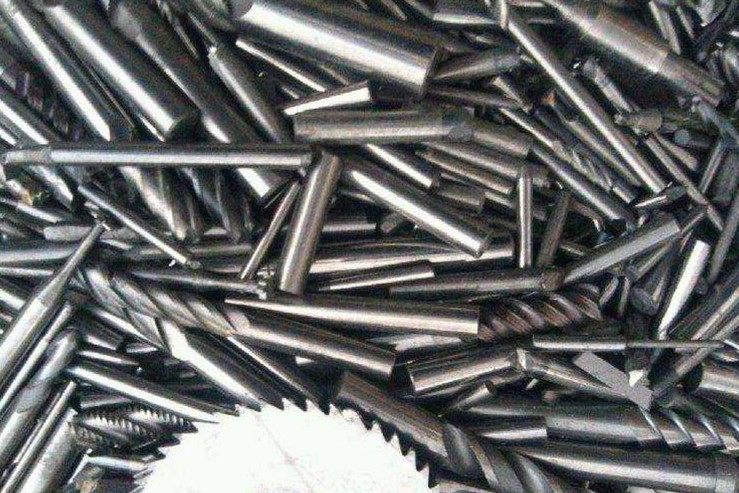Recycling of Tungsten

Recycling of Tungsten
Tungsten is a kind of metal with a high melting point, and its melting point is the highest among all non-alloy metals. At the same time, tungsten is also very conductive, and it is often used to make tungsten wires. Tungsten is an important strategic metal. However, according to the current consumption rate, tungsten ore can only last for about 140 years, and the recycling of tungsten can make up for the shortage of tungsten ore storage to a certain extent.

Recycling of Tungsten
At present, the global supply of tungsten is mainly composed of two parts.
One part is the supply of newly produced tungsten concentrates. This part accounts for about 76% of the total supply of tungsten, 66% of which goes into the final tungsten product, and 10% becomes waste in the production process.
The other part comes from the recycling and reuse of solid waste slag and terminal consumer product waste from the tungsten production process, such as waste cemented carbide, tungsten materials, alloy steel, tungsten contact materials, and chemical catalysts. This part accounts for about 24 %.
With the continuous improvement of the recycling rate of tungsten secondary resources in various countries, the technology of tungsten resource recycling is also increasing. Common methods include the mechanical crushing method, saltpeter method, zinc melting method, electrolysis method, leaching method, reduction method, roasting-ammonia leaching method, etc. Some recycling methods have been gradually eliminated due to environmental pollution and low recycling rates, such as the soda sintering method to make APT. At the same time, some new recovery methods have emerged, such as the recovery method of tungsten in the liquid after exchange from tungsten smelting. J. Avidson invented a method for preparing materials containing iron and tungsten starting from cemented carbide powder, pure WC or ore, and so on.
The recycling of tungsten has good economic and environmental benefits. The recycled tungsten carbide/tungsten scrap has a higher tungsten content than tungsten ore, especially sintered tungsten carbide, where the tungsten content is often higher than 90%. The extraction of tungsten through tungsten carbide and other tungsten waste materials not only saves the addition of auxiliary materials such as hydrochloric acid but also reduces the production of wastewater compared with the extraction of tungsten ore, thereby reducing the production cost of the enterprise and the investment in wastewater treatment, and avoiding environmental pollution.
Conclusion
Thank you for reading our article and we hope it can help you have a better understanding of the recycling of tungsten. If you want to learn more about tungsten or other refractory metals and alloys, we would like to advise you to visit Advanced Refractory Metals (ARM) for more information.
Headquartered in Lake Forest, California, USA, Advanced Refractory Metals (ARM) is a leading manufacturer & supplier of refractory metals & alloys across the world. It provides customers with high-quality refractory metals & alloys such as tungsten, molybdenum, tantalum, rhenium, titanium, and zirconium at a very competitive price.
{{item.content}}
LEVE A REPLY
{{item.children[0].content}}
{{item.content}}






